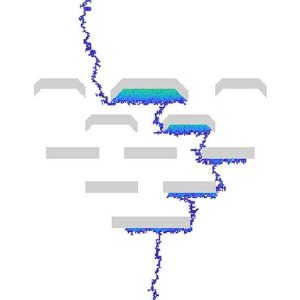-
New research proposes better carbon storage with stacked geology
Date posted:
-
-
Post Author
ifrfadmin
-

New research led by The University of Texas at Austin’s Bureau of Economic Geology, indicates that subsurface reservoirs capped by a collection of hundreds of smaller lids may be superior to traditional methods of subsurface carbon storage.
According to Alex Bump, a research associate professor at the Bureau’s Gulf Coast Carbon Center in the UT Jackson School of Geosciences, the “multiple barriers of a composite confining system not only help prevent escape but also help spread the CO2 plume across the available pore space in a reservoir.”
He explains that in doing so, “they effectively immobilize the CO2”, ensuring that…even where an escape path might exist, “there is little or no mobile CO2to feed it.”
The research group has published a paper in the International Journal of Greenhouse Gas Control in which data is presented from experimental models, numerical simulations, and actual reservoirs. The thesis of the paper is that the key factors determining the effectiveness of a confining system are the length and frequency of the barriers ― which do not need to be particularly substantial to be effective.
“Even minor reductions in grain size between geologic layers are enough to divert the path of a rising CO2 plume — helping to spread the gas laterally throughout the reservoir, with little migration toward the surface.”
